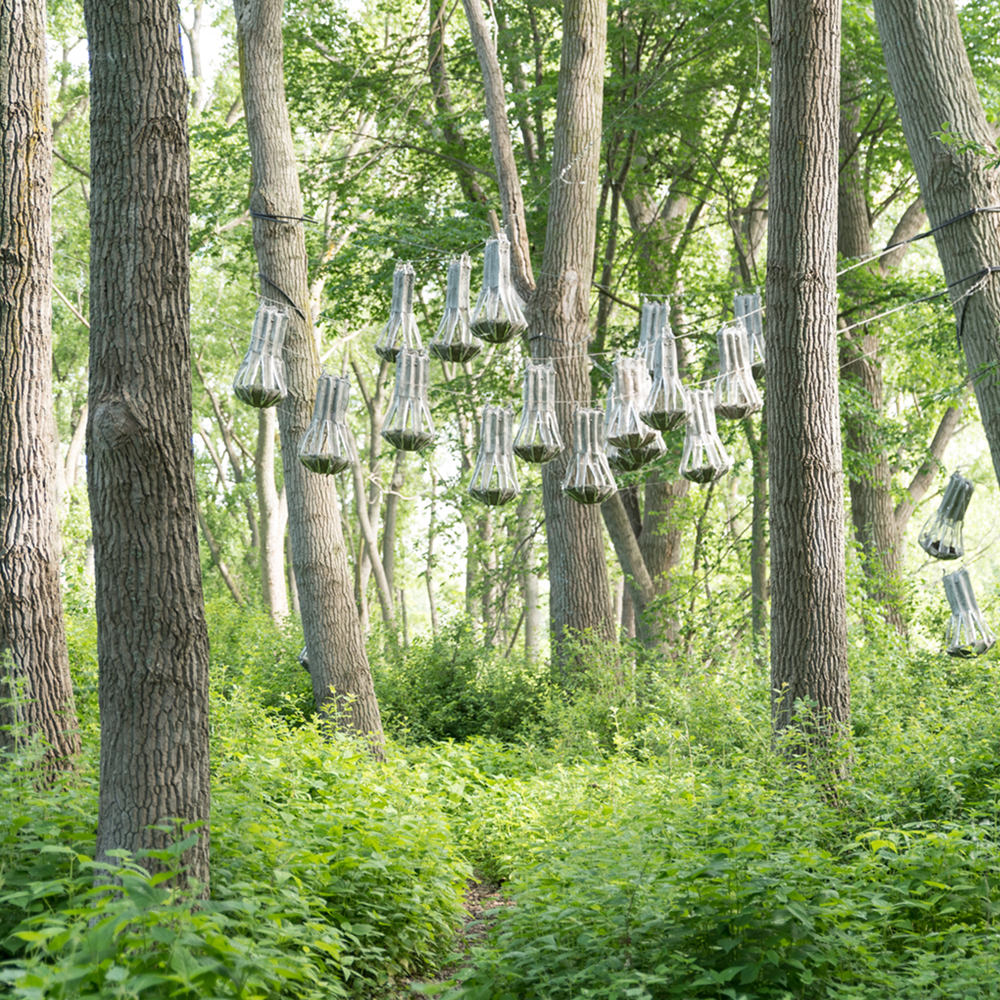VISITOR CENTER HOURS:
- Home
- Science and Research
Valuing Nature’s Wisdom
Recent Habitat Restoration Projects:
On more than 15 acres where invasive plants have been controlled, more than 2,000 native trees and shrubs were planted between 2010 and 2013 to provide habitat for migratory songbirds and other wildlife. The planted trees currently are exceeding the expected survival rate and will continue to be monitored and maintained. This project was funded by the Niagara River Greenway Ecological Standing Committee.
Tifft Nature Preserve has been working closely with the New York Power Authority to control the non-native invasive plant common reed (Phragmites) within the 75 acre cattail marsh. These efforts have been so successful in removing the Phragmites that more than 30,000 native wetland plants, were able to be planted on three acres within the wetland in the summers of 2015 and 2016. Planted in the marsh are 19 native species including smartweeds, sedges, bulrushes, burreeds and more.
With the continued support from the Niagara River Greenway Ecological Standing Committee, Tifft embarked on a 5 acre habitat restoration project with the main goal to increase the hydroperiod of 3 vernal pools at the north end of the Preserve. Non-native invasive buckthorn was removed in 2017 to allow for native trees, shrubs, wildflowers and grasses to be planted in 2018. Also in 2018, liners will be installed in the vernal pools to allow them to hold water longer into the summer. A large deer fence has been installed around this restoration site to exclude deer which will help Tifft staff and visitors better understand the negative impact that the large herd of deer that live at and visit Tifft have on the greater ecosystem balance.
A variety of research projects partnering with the University of Buffalo, Buffalo State College, Canisius College and other local colleges and universities occur at Tifft Nature Preserve. Past and ongoing research includes examining factors limiting native tree regeneration, invasive vs. native plant nutrient allocation, Lepidopteran caterpillar diversity on native vs. invasive plants, groundwater flow modelling, deer population abundance and impacts, songbird feeding behavior, and plant community succession in post-industrial ecosystems among others. Permission to complete research on the Preserve is required from Tifft’s Preserve Steward. Please call 716.896.5200 x202 for more information.


